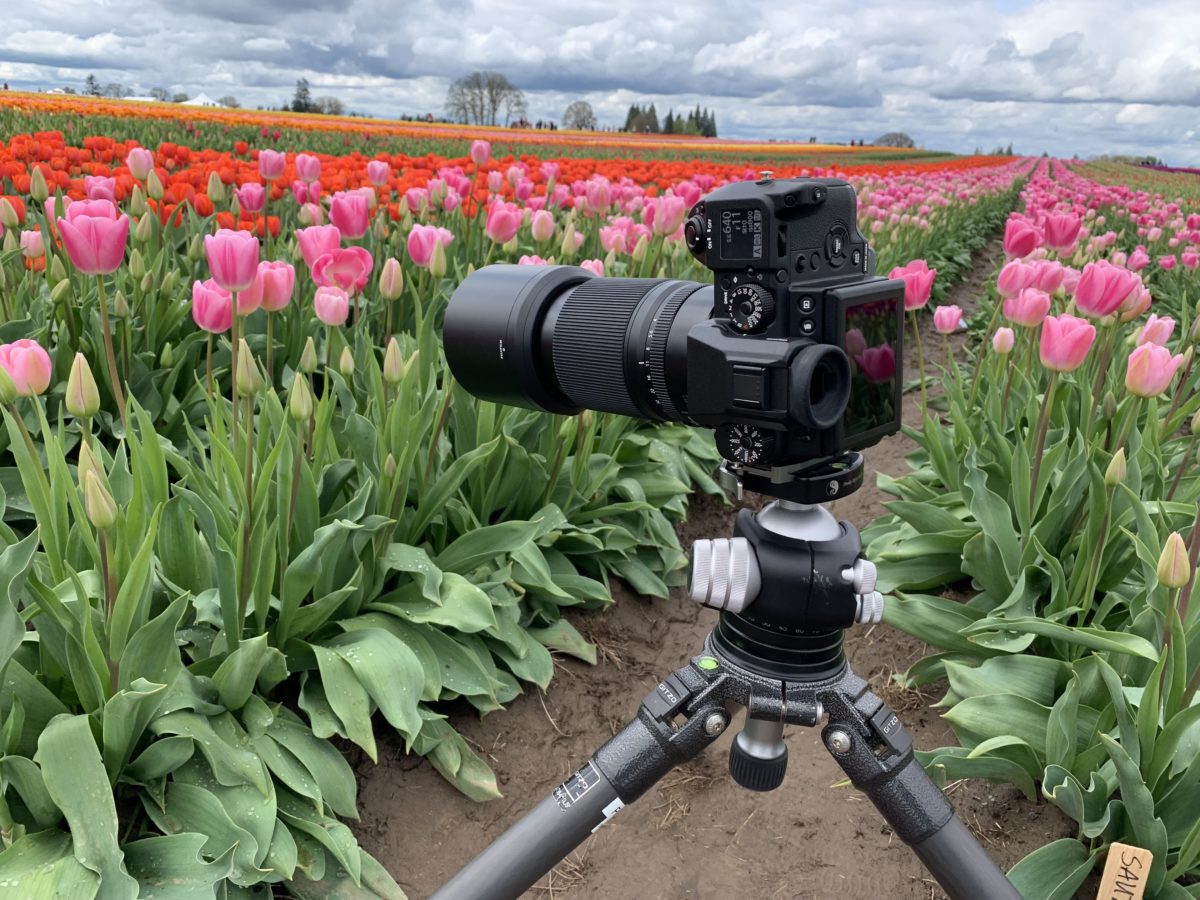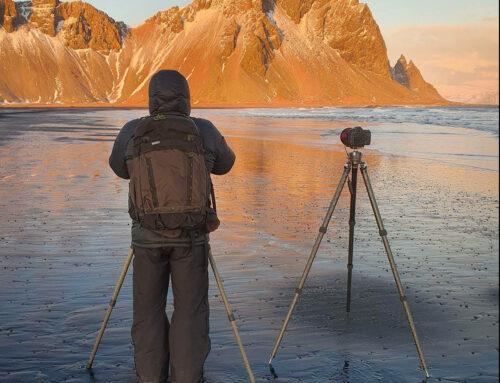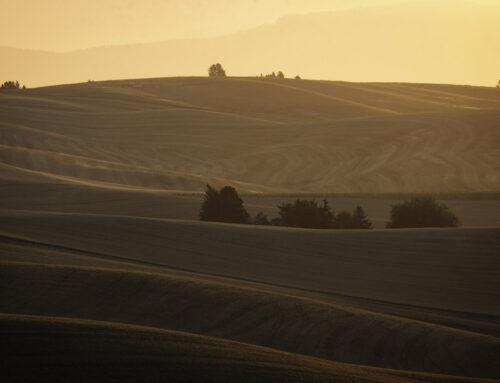For t hose of you who don’t know, I purchased a Fujifilm GFX50S medium format camera and lenses several months ago. I did an initial Youtube video about my impressions and now I’m back to give some more thoughts to it now that I’ve spent some time in the field with it. I’ve continued to shoot with my other Fuji cameras, X-T2, X-T3 as I’ve worked the GFX in to my shooting.
First off, it feels like a Fuji. The dials, buttons, menus, etc are similar to the other Fuji cameras I own, so it was a fairly easy transition to pick this new camera up and start using it. And the build quality……dang this thing feels so solid, so “made of one piece”, so substantial…..it just feels great in my hands. Yes, it is heavy!! There is no denying it’s weight over other mirrorless cameras, but you gotta remember, it’s Medium Format!, so it’s going to be bigger, heavier, etc. You can handhold this camera and get great results, however for me, I have shot it exclusively on a tripod. I want to eke out the very last resolving power of this camera and to do that I want a stable platform. So, it’s lived on my Gitzo/RRS tripod/ballhead and I’ve shot.
This camera makes me slow down when I’m shooting. Thats a good thing in my book. The slower I go, the better my compositions. I’m more thoughtful of what I shoot, how I shoot and everything else involved. It’s kind of like going back to a film camera in my head so far, think before I press the shutter button. I’m not sure what is causing me to slow down when using this camera, which is kind of funny. Granted it’s got a slow frame rate (3 fps), but I never shoot machine gun style anyways. Maybe it’s the “gravitas” of using a medium format camera, knowing that this is a more serious rig and I need to give it the respect that its’ due. I don’t know exactly what it is, but I find I’m more deliberate in my shooting with the GFX.
Do I really need to talk about the image quality of this camera? OMG it’s amazing!!!! I have been blown away at the images coming out of this camera, both the RAW and jpeg images. it has a 50mp sensor which is on the smaller side of the medium format range, yet it’s not just the amount of pixels or photosensors in the camera, it’s how they are used. The level of detail is incredible. When you nail an image, it is almost 3-D on your screen. The dynamic range is superb and because it has more information in the file, I can pull more useable information out of the shadows and work the highlights better.

Fuji GFX50s & 32-64mm
Working a RAW file through my digital darkroom has been a joy. I use combinations of Lightroom, Photoshop, NIK and Luminar to process my images and no matter which program I use, the images are treated justly in each application. The storage size of a processed image can get quite large, often topping 1Gb, but hey, memory is cheap.
What I’ve become especially enamored with using the GFX is oogling over the jpeg images coming straight out of the camera. I’ve shot Fuji for many years, but mainly shot RAW and didn’t bother with the jpeg images, even though Fuji has gotten tremendous reviews for how their cameras treat jpegs. I don’t know why I didn’t take them more seriously sooner. But in the GFX, I have been absolutely, 100%, blown away by the jpegs coming straight out of the camera. I’ve really liked the film simulations of Velvia for landscape and Acros (monochrome) for moodier shots. Over the shoots I’ve done, I’d say I’ve used the jpegs about 40% of the time so far, which is HUGE compared to where I was with m X-T2. Having such great useable jpegs also means I spend less time in front of the computer processing images.
Back to how this camera uses its pixels…..I won’t go in to some scientific explanation, but let me just say, there is something incredible about how the pixels are used and how the image comes out of the camera. One explanation I can give centers around how each photo sensor has “room to breathe” on the sensor, they are not all jammed in to a small space. This room or space allows each photosensor to be optimized, to not be crowded out for space, to be solid and relaxed in how it goes about its job. Sure, you can cram 50mp on to a full frame or smaller sensor, but when you do that, you are jamming each photosensor so close together that they don’t have any room to breathe and more digital trickery is needed to produce good images. With the Fuji medium format sensor, I feel it has the “right” amount of pixels for the sensor size and the results are amazing. Almost “film like” is a phrase that pops in to my head quite often as I look at images from this camera….there is an un-describable quality to the images that just feels so “right”.

Fujifilm GFX50S and 32-64mm lens
I shot a quick little recap video posted on Youtube. If you want to watch that, please click HERE
Now comes the $64,000 question…….is it worth the money? Like any expenditure and valuation, it’s all in the eyes of the beholder, or spender. It is significantly more expensive than the other cameras in Fujis lineup. It’s also more expensive than many full frame cameras. It is less expensive than it’s medium format competitors, in some cases by a significant margin. I think the camera is priced “fairly” for what it is and who it’s competing against. There was a recently announced price drop on the camera and the 50R is even less expensive. Fuji is doing a great job of making medium format accessible to mere mortals of pocketbook. Is it worth it to me? Yes. Unequivocally yes it is. This camera has again ramped up my love for photography, has elevated my artistry to new levels by causing me to be more deliberate in what I shoot and the final results coming out are nothing short of jaw dropping. So yea, it’s worth it!









Leave A Comment